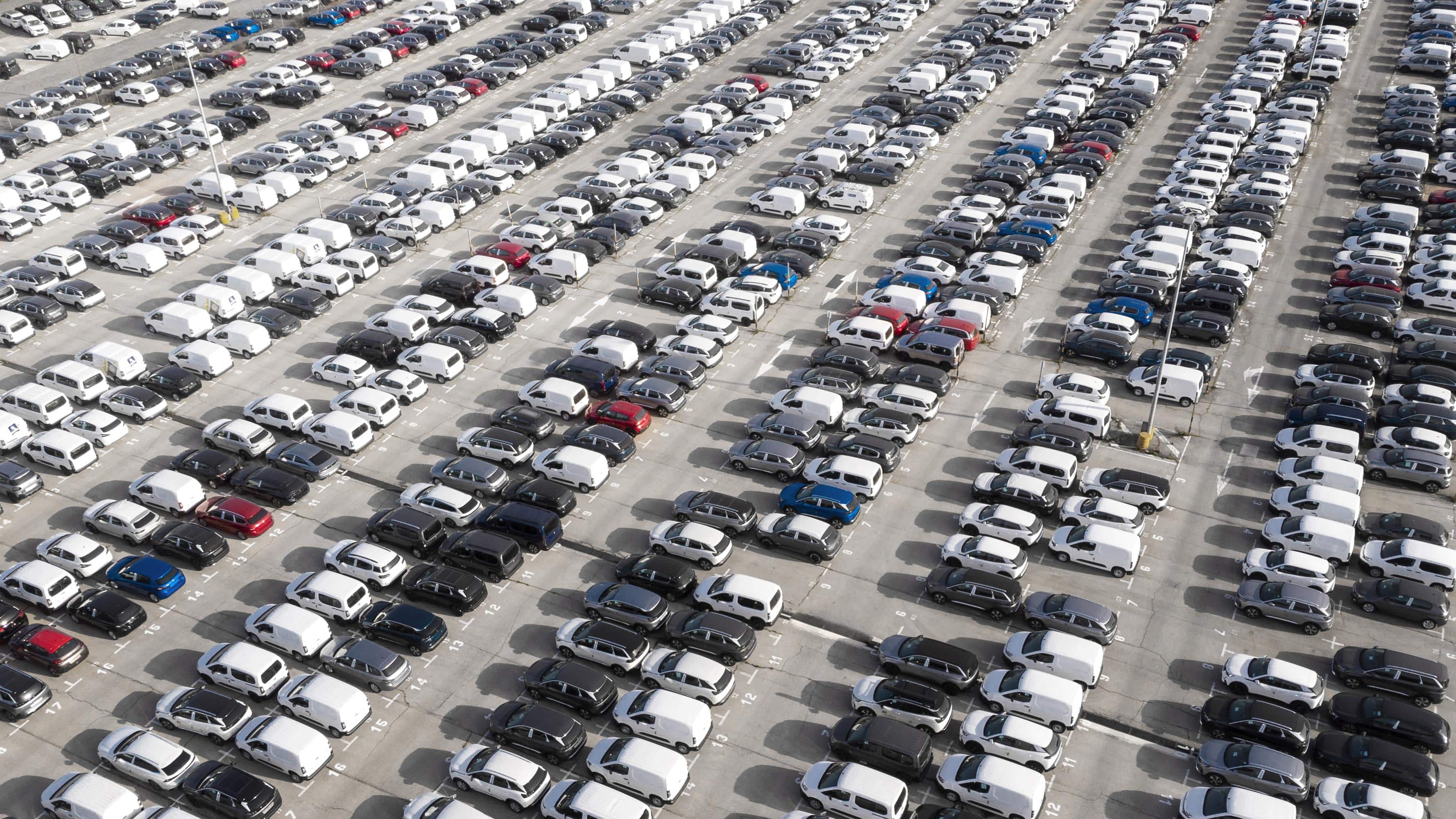
Table of Content
Abfall und Toxizität in Fahrzeugen bekämpfen: Ziele und Anforderungen der ELV-Richtlinie
Die ELV-Richtlinie setzt Ziele für die Wiederverwendung, das Recycling und die Rückgewinnung von ELVs und deren Komponenten, verbietet jedoch die Verwendung von gefährlichen Substanzen in neuen Fahrzeugen. Dazu gehören beschränkte Metalle wie Blei, Quecksilber, Cadmium und hexavalenter Chrom, mit Ausnahmen für Fälle, in denen es keine Alternativen gibt. Die Ausnahmen sind in Anhang II der Richtlinie detailliert aufgeführt.
Ziele der ELV-Richtlinie:
- Abfall von ELVs und deren Komponenten begrenzen und verhindern
- Umweltleistung im Lebenszyklus von Fahrzeugen verbessern
Beschränkte Metalle gemäß der ELV-Richtlinie:
- Blei: 0,1% (1000 ppm)
- Quecksilber: 0,1% (1000 ppm)
- Chrom VI: 0,1% (1000 ppm)
- Cadmium: 0,01% (100 ppm)
Diese Grenzwerte gelten für homogene Materialien.
Wie ComplyMarket Ihnen helfen kann:
- ComplyDoC: ist eine intelligente IT- und erstmalige Open-Source-Code-Cloud-Lösung für nachhaltiges Lieferkettenmanagement, chemisches & produktbezogenes Compliance-Management zur Sammlung von Informationen von Lieferanten.
- Ad-hoc-Beratung: Das ComplyMarket-Team verfügt über umfangreiche Erfahrung in der Bereitstellung regulatorischer Unterstützung für die ELV-Richtlinie.
Share with your community
Comments
Leave a comment or ask a question


